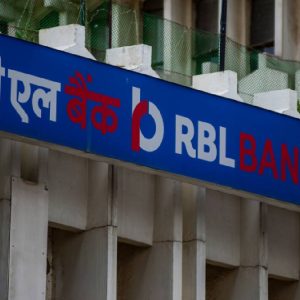According to a new report ‘Money in Mobile – European Transactions’ from Frost & Sullivan both mobile operators and banks are turning to mobile transactions to foster loyalty and drive revenues. The report said ranging from vouchers and bank balance checks to remitttance and top-up payments, mobile money has come a longway in both the banked and unbanked sector.
Frost & Sullivan estimated the mobile money market in Western Europe will grow to E4 to 5 billion by 2013. The research examined both the banked and unbanked sectors and segments mobile money into four areas, namely, non-near field communication (NFC) based m-payments, mobile banking, remittance, and NFC based m-payments.
Sharifah Amirah, principal analyst at Frost & Sullivan, said: “NFC is potentially a solution, but hardware costs and mass market availability still remain key challenges for its widespread adoption. In the mean time, SMS-based services will drive growth. “Solutions targeting the developed world require a long-term strategy, even as providers will need to find a viable solution for retail payments (B2C).
“Transaction costs and ease-of-use will drive money transfers and P2P transactions. The gap between financial institutions and mobile operators is beginning to narrow, but there is still need for greater education both on the supply and demand side.
“Growth will be driven by high frequency and low-value transactions supported by widespread, cashless transaction systems that are cost-effective and secure,” observes Amirah. “Increased cross border cooperation will drive the high growing remittance transactions.
However, as per the analysis five primary concerns remain. These include security issues, the lack of regulation on mobile transactions, quality of service, limited collaboration between different participants and the high cost of solutions. “Once there is trust, security and greater interoperability, only then will there be growth in proximity transactions and m-commerce,” added Ms Amirah.






